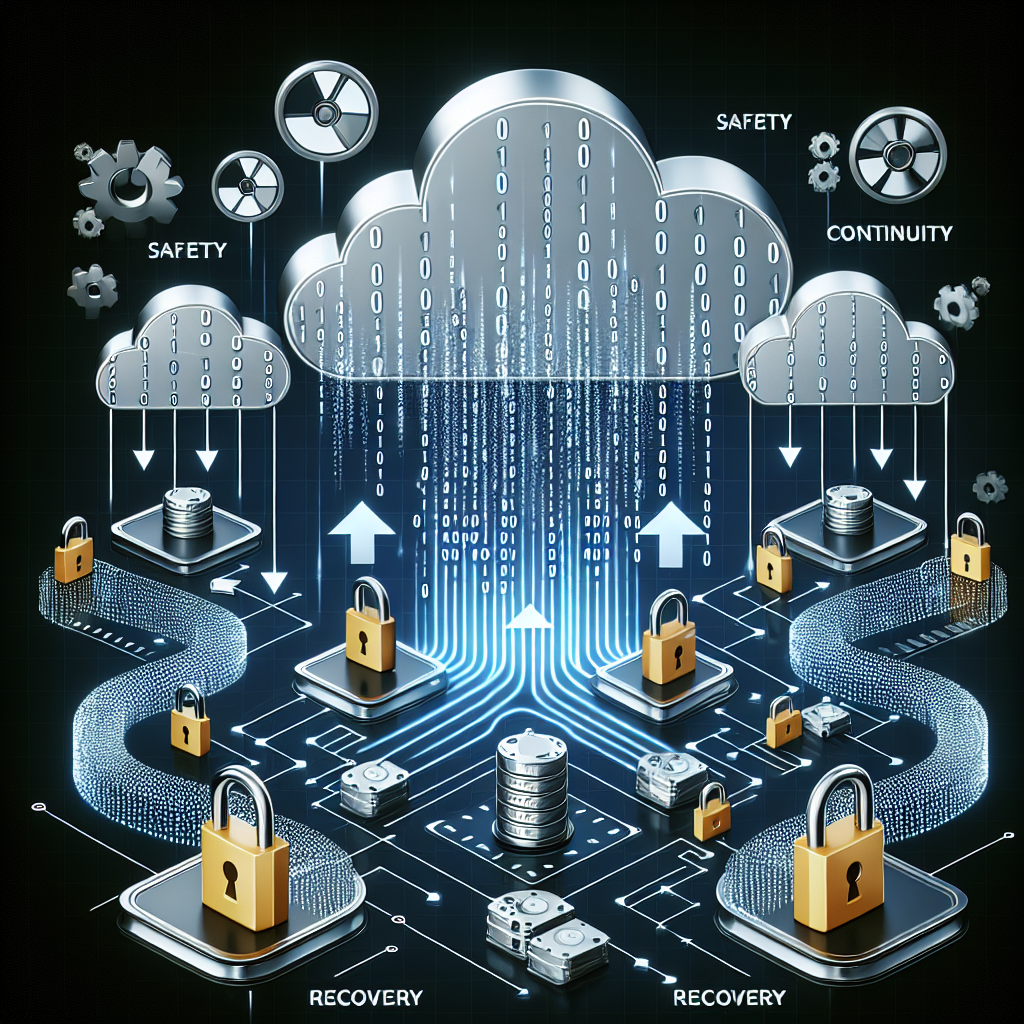Data loss can be a major threat to businesses, causing significant financial losses and damage to reputation. With the increasing amount of data being generated and stored by companies, the risk of data loss is higher than ever before. It is crucial for businesses to safeguard their data with backup and recovery solutions to prevent any potential loss.
Data loss can occur due to various reasons such as hardware failure, human error, cyber attacks, and natural disasters. Without a proper backup and recovery system in place, businesses can face severe consequences such as loss of critical information, disruption of operations, and potential legal implications.
One of the most effective ways to safeguard your business against data loss is by implementing a comprehensive backup and recovery solution. Backup solutions involve creating copies of your data and storing them in a secure location, either on-premises or in the cloud. Recovery solutions, on the other hand, involve retrieving and restoring data in the event of a data loss incident.
There are several backup and recovery solutions available in the market, ranging from simple file backups to more advanced solutions that offer continuous data protection and instant recovery capabilities. It is essential for businesses to choose a solution that aligns with their data protection needs and budget constraints.
Here are some key tips to consider when implementing backup and recovery solutions for your business:
1. Identify critical data: Identify and prioritize the data that is essential for your business operations. This will help you determine the frequency of backups and the level of protection required for each data set.
2. Choose the right backup solution: Select a backup solution that meets your business requirements in terms of scalability, reliability, and cost-effectiveness. Consider factors such as data volume, retention policies, and recovery time objectives when choosing a backup solution.
3. Implement data encryption: Encrypting your backup data ensures that it remains secure and protected from unauthorized access. Encryption also helps in compliance with data protection regulations such as GDPR.
4. Test your backup and recovery process: Regularly test your backup and recovery process to ensure that it is functioning as expected. Conducting periodic recovery drills can help identify any potential issues and improve the efficiency of your data protection strategy.
5. Monitor and manage backups: Monitor the status of your backups regularly to ensure that they are completed successfully and within the specified timeframe. Implementing automated monitoring tools can help in identifying and resolving any backup failures proactively.
In conclusion, data loss prevention is a critical aspect of business continuity and risk management. By implementing robust backup and recovery solutions, businesses can safeguard their data against potential threats and ensure uninterrupted operations in the event of a data loss incident. Investing in the right backup solution and following best practices can help businesses mitigate the risks associated with data loss and protect their most valuable asset – their data.











